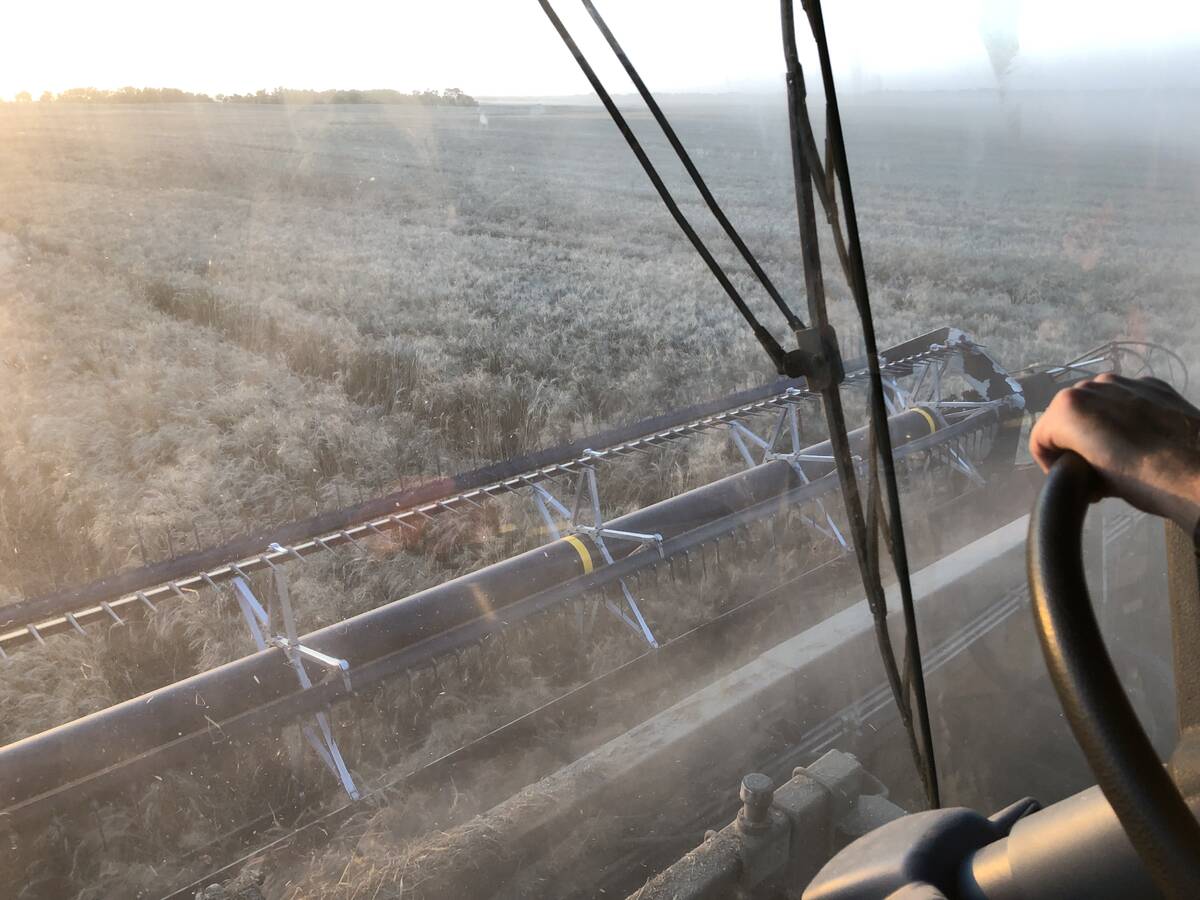Oat growers are telling two stories this season: one happy and one sad.
The happy story comes from farmers who seeded before it started to rain this spring and who harvested before the fall rain began to fall.
The sad story is told by those who seeded early but haven’t been able to harvest, and by those who couldn’t seed till late and now see their crop wasting away in bad conditions.
Last weekend’s killing frost also killed many producers’ hopes of salvaging their crop.
Read Also

Mail strike disrupts grain sample delivery
The Canadian Grain Commission has asked farmers to consider delivering harvest samples directly to CGC offices, services centres or approved drop offs as Canada Post strike delays mail.
“Anything that was seeded early and came off before the rains started was excellent,” said Jarrod Firlotte, general manager of Emerson Milling in Emerson, Man.
“With the late stuff, we’re seeing sprouts, definitely mildewed. There are quality issues.”
The fall and winter marketing season looks wonderful for farmers who have a good crop to sell. Futures prices have shot high as worries grow about the oat crop and as corn prices in the United States surge.
Oat prices have risen since the beginning of September to more than $3.50 per bushel on the Chicago futures contract from $2.80 per bu., which itself had been a great improvement from the near $2 level it had stumbled to in the early summer and spring.
Basis levels have also shrunk as millers desperate for new crop look to buy up whatever they can find.
OatInsight analyst Randy Strychar said a futures range of $3.40 to $4 per bu. is likely for the short term. Canadian oat cash prices rose to $3.85 and $3.53 in 2001 and 2002 respectively when stocks fell to 350,000 and 519,000 tonnes.
The cash price at the Viterra plant in Portage la Prairie, Man., is now $3.16 per bu., so “If history is a good indicator, cash oat prices in Western Canada could have a further 35 cent to 70 cent per bu. upside,” Strychar said in his Sept. 19 weekly oat market commentary.
That’s because he projects stocks to fall to 400,000 tonnes.
Strychar said the weekend frost has probably stopped 10 to 15 percent of the prairie oat crop from reaching maturity, and the damage will be widespread.
“Given the much smaller oat acreage this year, even a 10 percent decrease in the percentage of milling quality oats available will have a significant impact on the supply and demand outlook in the form of higher oat prices,” Strychar said.

















